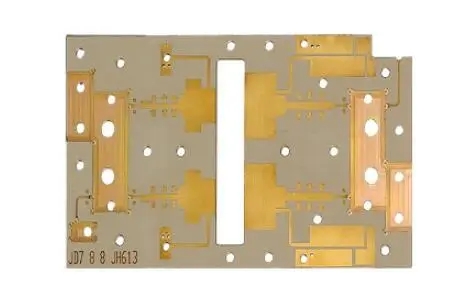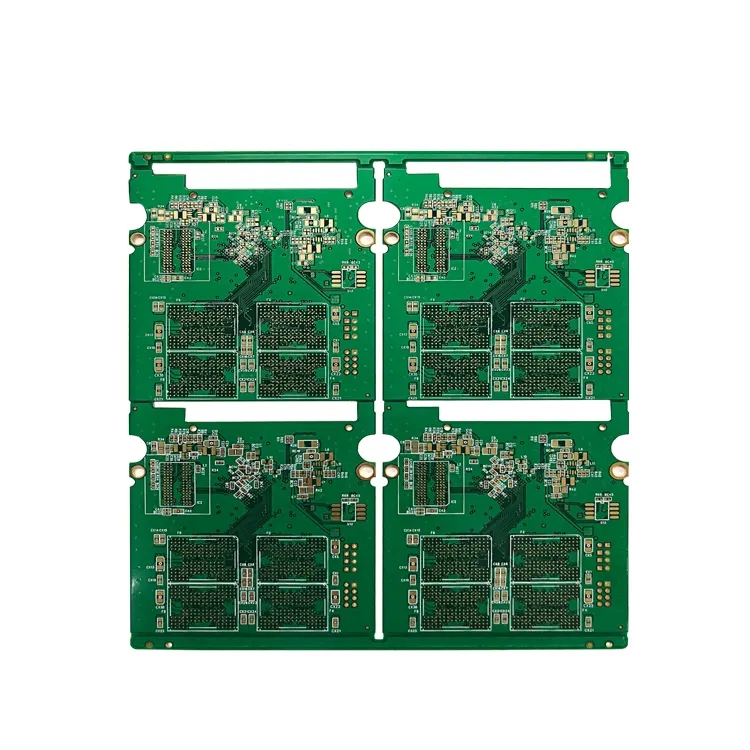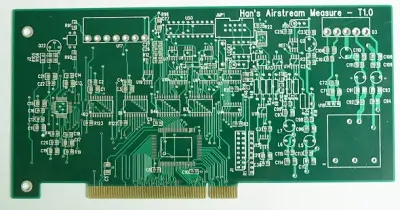
PCBA processing plant: What are the classifications of welding technology?
Welding technology appears with the application of metal. Welding technology has appeared very early. Through continuous development, people have invented many different welding technologies, which greatly improve the welding efficiency and quality. Welding technology is widely used in PCBA processing, and the requirements for welding technology are also very high. The classification of welding technology can be divided into fusion welding, pressure welding and brazing according to the different states of metal in the welding process. There are more than 40 kinds of welding methods, including electric arc welding, argon arc welding, CO2 shielded welding, oxygen acetylene welding, laser welding, electroslag pressure welding, etc.
Classification of welding technology
According to the different states of metal in the welding process, welding methods can be divided into fusion welding, pressure welding and brazing. There are more than 40 kinds of welding methods, including electric arc welding, argon arc welding, CO2 shielded welding, oxygen acetylene welding, laser welding, electroslag pressure welding, etc.
1、 Fusion welding
It refers to the method of heating the welded junction of the weldment to the molten state during welding and completing the welding without applying pressure. However, during welding, the atmosphere is easy to contact with the high-temperature molten pool, resulting in oxidation, forming defects such as pores, slag inclusions and cracks in the weld, and deteriorating the quality and performance of the weld. Welding methods belonging to fusion welding include gas welding, manual arc welding, submerged arc welding, gas electric welding and ion arc welding.
1. Gas welding:
The base metal and filler metal are heated by oxyacetylene or other gas flame to achieve welding purpose. The flame temperature is about 3000 ℃. Suitable for thin workpieces, small diameter pipes, non-ferrous cast iron, brazing.
2. Manual arc welding:
The manual welding method that uses the arc as the heat source to melt the welding rod and form a weld with the base metal. The arc temperature is about 6000-8000 ℃. It is applicable to the welding of ferrous metals and some non-ferrous metals, with a wide range of applications, especially for short welds and irregular welds.

Manual arc welding
3. Submerged arc welding:
(Automatic and semi braking) The arc burns under the flux area. Granular flux is used as the covering layer of the metal molten pool to isolate the air and prevent it from entering the molten pool. The welding wire is continuously fed into the arc area by the wire feeding mechanism, and the welding direction and moving speed of the arc are completed manually or mechanically.
It is applicable to the welding of carbon steel, low alloy steel, stainless steel, copper and other straight welds and regular welds of medium and thick plate materials.
4. Gas electric welding:
(Gas shielded welding) Electric arc welding using shielding gas to protect the welding area. The shielding gas acts as the protective layer of the metal molten pool to isolate the air. The gases used include inert gas, reducing gas and oxidizing gas, which are applicable to the welding of carbon steel, alloy steel, copper, aluminum and other non-ferrous metals and their alloys. Oxidizing gas is applicable to carbon steel and alloy steel.
5. Ion arc welding:
After the gas is ionized in the arc, it is welded by an ultra-high temperature heat source generated by thermal shrinkage effect, mechanical shrinkage effect and magnetic shrinkage effect. The temperature can reach about 20000 ℃.
2、 Pressure welding
It refers to the purpose of welding two workpieces under pressure. For example, resistance welding, when the current passes through both ends of two workpieces, the resistance increases, causing the temperature to rise, heating to a plastic state, and connecting together under the effect of axial pressure. Welding methods belonging to pressure welding include resistance welding, forging welding, contact welding, friction welding, gas pressure welding, cold pressure welding and explosive welding.
1. Friction welding:
The welding joint is formed by applying certain pressure with the heat energy generated by the mutual friction between the weldments and the rotation of the contact end face. Suitable for welding aluminum, copper, steel and dissimilar metal materials.
2. Resistance welding:
The resistance heat generated by the current passing through the weldment is used to heat the weldment (or base metal) to the plastic state or local melting state, and then the pressure is applied to connect the weldments together. Suitable for welding thin plates, pipes and bars.
Resistance welding
3、 Brazing
It is a method of welding by using a metal material with a melting point lower than the workpiece as the filler metal, heating the workpiece and filler metal to a temperature higher than the melting point of the filler metal and lower than the melting point of the workpiece, wetting the workpiece with liquid filler metal, filling the interface gap and achieving atomic diffusion with the workpiece. Common brazing methods include soldering iron welding and flame brazing.
1. Soldering iron brazing:
Use electric iron or flame to heat the iron. Heat the local part of the base metal and make the filler metal melt into the gap to achieve the purpose of connection. It is applicable to solder with melting point of 300 ℃. It is generally used for welding wires, circuit boards and components.
2. Flame brazing:
The gas flame is used as the heating source to heat the base metal and make the filler metal melt into the gap, so as to achieve the purpose of connection. It is suitable for welding pieces with small size, such as stainless steel, hard alloy, nonferrous metal, etc.
With the continuous development of science and technology, welding technology will become more and more advanced, which can greatly improve the weldability of materials, so that many materials that could not be welded before can be welded.
PCB manufacturers, PCB designers and PCBA manufacturers will explain to you the classification of welding technology.







